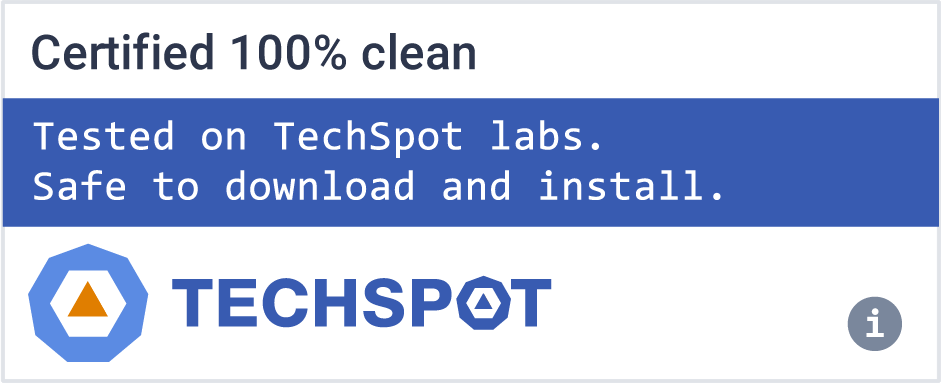YUMI (Your Universal Multiboot Installer) is a USB Boot tool that can be used to make a Multisystem Bootable USB drive. Quickly create a Multiboot USB Flash Drive containing multiple ISO files. Use it to boot your favorite Live Linux Operating Systems, Linux and Windows Installers, antivirus utilities, disc cloning, backup, penetration testing, diagnostic tools, and much more. This tool makes it easy for anyone to create their own customized multi purpose Bootable USB.
YUMI is the recommended successor to our Universal USB Installer and older MultiBoot ISOs tools. Which were amongst the first tools made for the purpose of creating a USB bootable flash drive. Files are generally stored within the Multiboot folder, making for a nicely organized Portable Multiboot USB Drive that can still be used for traditional storage purposes.
Though YUMI was originally intended to be used to store and run various "LIVE Linux" Operating Systems and tools from USB, using it to install Linux from a Flash Drive to a Hard Drive should work with most distributions. If you find a distribution where the installer does not work, please let me know.
UMI Multiboot Bootable USB Flash Drive Creation
This tool works much like Universal USB Installer, except it can be used to run more than one distribution from your Thumb Drive. Distributions can also be uninstalled using the same tool!
- YUMI exFAT supports exFAT format & 4GB+ files. BIOS and UEFI USB boot.
- YUMI Legacy supports either NTFS or Fat32 format. BIOS USB boot only.
- YUMI UEFI supports Fat32 only. BIOS and UEFI USB booting (Distro dependent).
You can use this version if your computer supports BIOS booting, and if you do not plan to run your Windows installers from YUMI in UEFI mode. Most modern motherboards still have Legacy BIOS firmware support though CMS Legacy mode.
- Install ISO Files to USB from the Setup Screen
- Run ISOs from the Multiboot USB Boot Menu
You must Backup any data you wish to keep before using the "Format" options. When choosing the "Wipe Entire Disk" option, all partitions sharing that disk number will be wiped clean.
How to Create a MultiBoot USB Flash Drive
- Run the YUMI .exe file following the onscreen instructions
- Run the tool again to Add More ISOs/Distributions to your Drive
- Restart your PC setting it to boot from the USB device
- Select a distribution to Boot from the Menu and enjoy.
That's all there is to it. You should now be booting your favorite distributions from your custom Multi-Boot USB device.
How It Works:
YUMI (Your Universal Multiboot Installer) enables each user to create their own custom Multiboot UFD containing only the distributions they want, in the order by which they are installed. A new distribution can be added to the UFD each time the tool is run.
If you run YUMI from the same location you store ISO files, they should be auto-detected (*See Known Issues Below), eliminating the need to browse for each ISO.
YUMI UEFI (BIOS and UEFI USB Boot)
The YUMI UEFI variant utilizes GRUB2 for both UEFI and BIOS booting. Note that this UEFI version is not compatible with the legacy variant. In addition, your USB drive must be Fat32 formatted to support booting in UEFI mode. It utilizes the fat32format utility to format drives larger than 32GB as Fat32.
YUMI exFAT (BIOS and UEFI USB Boot)
Use this version if you want to keep using an exFAT format on your USB drive and also plan to store files larger than 4GB. It supports both modern UEFI and Legacy BIOS boot modes. Included is a separate USB Boot creation tool that was derived from Ventoy/Ventoy2Disk. This variant is also backwards compatible with Ventoy. If you'd like, you can even copy YUMI-exFAT-1.0.0.2.exe to the same location as a Ventoy2Disk.exe and use the YUMI-exFAT-1.0.0.2.exe frontend with Ventoy. Enabling you to create and manage for example; Ubuntu distributions with persistent images.
How the exFAT UEFI/BIOS version works
Once the drive has been prepared, you can use the front end Installer to learn more about, find, or download distributions and tools to put on a select drive. The front end will create an organized folder structure and copy each ISO to the drive for you (recommended if you want to the tool to keep track of your installations for removal). It can also create persistent storage files for you and the related .json entry. For example, each Ubuntu based distribution can have its own persistent storage up to 10GB. ;)
What's New
YUMI exFAT
- YUMI-exFAT-1.0.2.8: Allow for Unlisted .ISO or .IMG file detection under option "Try Unlisted ISO/IMG". Improve method for detecting remaining space on drive. Return to menu instead of abort if not enough space remains on drive for the selected distro.
- YUMI-exFAT-1.0.2.7: Update to use the Ventoy 1.0.99 bootloader. Included the ability to exclude drives from being selected by adding a blank text file named "excludedrive.txt" to the root of the drive to be excluded.
- Update to use the Ventoy 1.0.98 bootloader which provides upstream support for newer KAOS and Arch Linux releases.
- Updated to use Ventoy 1.0.97 bootloader files to provide support for Proxmox 8.1 and FreeBSD 14.0. Removed www from Pendrivelinux site links.
- Updated to 1.0.96 bootloader. Implemented conditional detection features to allow prepared drives to be displayed while running from WINE in Linux.
- Updated to 1.0.95 bootloader. Corrected Windows X-Lite ISO masking. Addressed several bugs in the handing of message boxes and menu selections. Added feature that automatically checks for version updates at runtime.
- Updated to use the new Lubuntu home and download pages. Added a WIPE Drive link. Fixed to show selected drive during subsequent installs when show all drives was ticked.
- YUMI now autodetects and fetches the latest upstream version of the Ventoy Bootloader from GitHub during install or update.
YUMI Legacy
- Fixed a bug where distributions were not being removed from the boot menu when using the remove installed distros option.
YUMI UEFI
- Detect if Windows install.swm file exists before using DSIM. Don't display Unlisted ISO menu entries if no files exist in the directory.
- Added support for newer versions of Redo Rescue Backup and Recovery.
- Updated to support newer Archlinux and Archbang.

